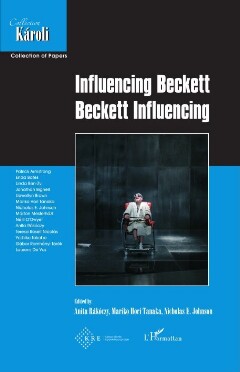Seite 116 [116]
TRANSLATING SILENCE: CORRELATIONS BETWEEN
BECKETT, CHEKHOV, AND HIRATA
o>
YOSHIKO TAKEBE
ABSTRACT
This paper aims to demonstrate what it means to translate silence by analyzing
correlations between three renowned playwrights: Samuel Beckett, Anton
Chekhov, and Oriza Hirata. Anton Chekhov is considered to be Beckett’s
predecessor in terms of deviating from the unities of time, place and action for
drama, as defined by Aristotle in Poetics. Silence is one of the live substances
that constitutes the theatre produced by Beckett, Chekhov, and Hirata.
The tranquility of theatre is pervasive in the plays of these three playwrights,
regardless of time and place. Although the target audiences differ from Europe
to Asia, serenity written in the source texts is a timeless component, and its
translation requires the utmost attention. Whether performed by human or
machine, the translation of silence from source language into target language
determines the critical moment at which catharsis will be experienced without
any dramatic outcome or clear-cut conclusion.
INTRODUCTION
When a written text is three-dimensionally translated on the stage, the ways
in which a playwright insists upon the role of silence become more evident.
According to the biography of Beckett by James Knowlson, “The inspiration
for such a use of silence could have come from an instinctive response to
Strindberg’s or Chekhov’s theatre, or from a philosophical meditation as to
how Democritus’ ‘nothing is more real than nothing’ could be rendered in
the theatre”! The aesthetics of silence inherited from Chekhov is even more
evident when the work is translated into Japanese.
The use of silence by Chekhov in the nineteenth century which influenced
Beckett in the twentieth century has remained alluring for modern Japanese
dramatists in the twenty-first century, particularly Oriza Hirata. The works
! James Knowlson: Damned to Fame: The Life of Samuel Beckett, London, Bloomsbury, 1996,
380.

